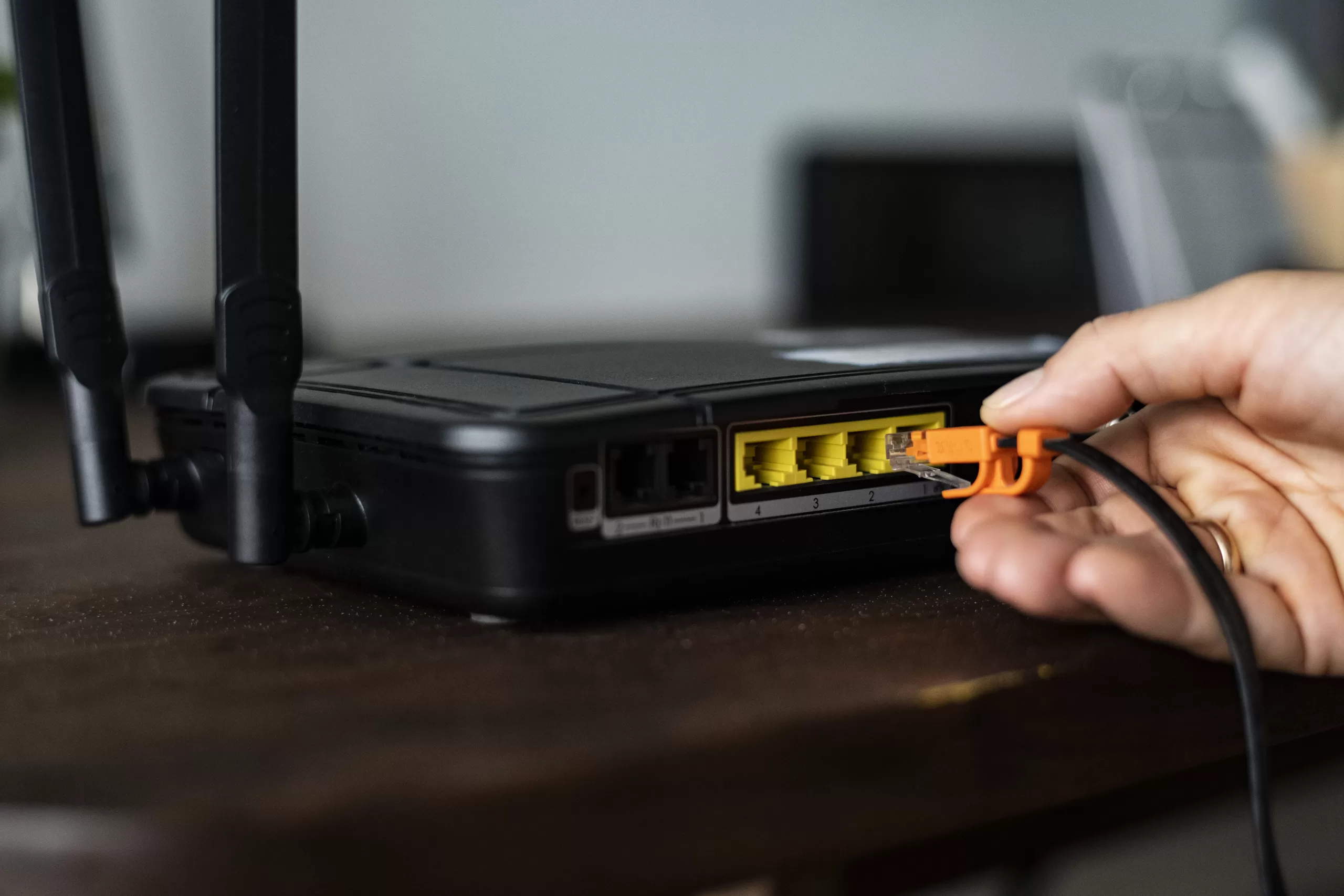The Internet has revolutionized the way we communicate. From enhancing efficiency to enabling swift phone calls, the Internet has empowered businesses and individuals alike. In this blog, we will delve into what is jitter in networking, what is jitter on speed tests, and the concept of what is internet jitter. While these terms may seem interconnected, there’s a deeper story to each. Through this blog, we aim to shed light on the comprehensive concept of what is jitter in networking.
Understanding Jitter: What is Jitter and Why Does It Matter?
Information on the internet is transported through data packets from your computer across the internet. These packets are sent over the internet at regular intervals. However, when there is a lag in the internet connection, you feel jitter in the form of disruptions. So then, what is jitter? Any variation or displacement of the signal pulses in a high-frequency digital signal is known as jitter.
Jitter can be due to poor connectivity or when there is a lot of traffic on the internet connection. There are multiple levels of jitters; some are so small that they are unnoticeable. In other words, these jitters are usually acceptable as they do not disrupt the ongoing processes. Another type of jitter is when you see a longer delay in the ongoing operations, including bad voice or audio quality or call dropping.
Jitter is measured in milliseconds (ms), which means a delay of more than 30 ms will lead to disruptions. In essence, jitters matter a lot when it comes to communicating over the internet. This is particularly pertinent for businesses relying heavily on Internet communication; excessive jitter can lead to declining voice quality and communication disruptions.
What is Jitter in Networking: Impact, Causes, and Management
What is jitter in networking, you might ask? At its core, it represents the variability in the delay of receiving packets over a network. Within the context of the web, this is frequently tagged as internet jitter. But what is internet jitter? Simply put, it’s the lag experienced in receiving data packets over your connection. Essentially, the longer it takes for data packets to transfer, the more negatively it will affect the quality of voice and audio. When there are a number of inconsistencies in the delays of each packet, it causes disruptions and delayed responses.
Jitters in networking impact a number of services that are being consumed over the network. For instance, if you are streaming a video and your internet connection is disrupted for a reason, then you will experience buffering on your video and even a drop in video quality. Similarly, if you are making a call over the internet and you come across a jitter, you will notice a delay in receiving the voice and may even face distortion or cracks in the audio. Furthermore, jitters can also cause the packets to drop to maintain the integrity of the data stream, which translates into a loss of data packets.
There can be several reasons why you may be facing jitters in your network:
- Network Congestion:
This happens when a large volume of data is being transmitted on a network, but the network does not support handling that volume efficiently. This causes delays as the packets compete for the available bandwidth, which causes inconsistencies in their arrival time. This congestion may occur anywhere in the network infrastructure, including the ISP or your router.
- Network Interference:
A network may face interference due to the Electromagnetic Interface (EMI), and when that happens, you will experience disruptions in the network and jitters. Similarly, an outdated router or device may slow the connection, causing jitters. This is because outdated hardware does not have the capability to handle the data packets efficiently.
- Packet Prioritization and QoS:
Packet prioritization is an important but easily overlooked element that supports high-quality VoIP calls. Routers have the ability to prioritize traffic from particular devices and traffic types. This is known as Quality of Service (QoS). However, a lot of people fail to configure it correctly on their network infrastructure. Lack of or improperly configured QoS worsens call quality by increasing jitter and latency.

Exploring Jitter on Speed Tests: How It Affects Your Internet Quality
During a typical internet speed test, you might have noticed a metric for jitter. Contrary to slow connection speeds, what is jitter on speed tests? It is the same concept as that of jitter in networking, but the metric shows that it is not the speed of the internet connection that is causing the delay, but the transfer of data packets.
The jitters on the internet cause the internet quality to drop, but they have no direct relationship with the speed of the internet. In fact, they go hand in hand. When there’s a high number of jitters, it is easier to think that you have a slow internet connection, but that’s not the case. Jitters usually relate to the internet’s performance rather than its speed.
Conclusion:
It is essential to comprehend the nuances that affect our online experiences in the constantly changing world of digital communication. What is jitter? It serves as evidence of how variable and unpredictable our data transmissions are. What is jitter in networking? It represents the lags and hiccups that can ruin our efforts at seamless communication, serving as a reminder of the value of a strong and dependable network infrastructure.
When one asks, What is jitter on a speed test? It’s a measure of the stability and consistency of our internet connection, independent of its sheer speed. And when diving deeper into it, what is internet jitter? It signifies the often-unseen lags and delays in receiving data packets that can compromise voice quality and overall communication. By grasping these concepts and their implications, we can navigate the digital world more efficiently, ensuring that our interactions remain uninterrupted and of the highest quality.




